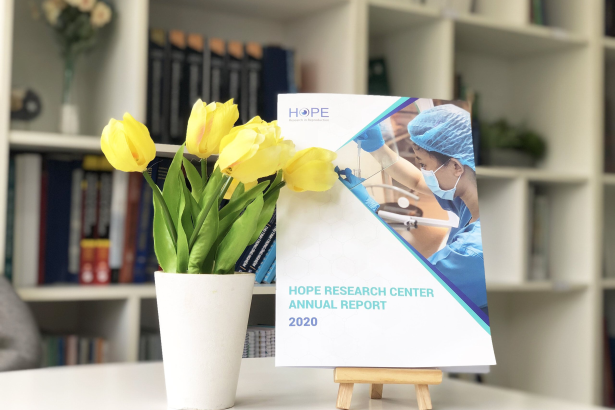https://doi.org/10.1371/journal.pmed.1004526
Published: February 21, 2025
Yen T. N. He, Ha N. H. Pham, Tri C. Nguyen, Trung Q. Bui, Nhu T. Vuong, Diem T. N. Nguyen, Thanh V. Le, Wentao Li, Cam H. Le, Tuong M. Ho, Ben W. Mol, Vinh Q. Dang, Lan N. Vuong
Authors information
Department of Obstetrics and Gynecology, My Duc Phu Nhuan Hospital, Ho Chi Minh City, Vietnam
HOPE Research Center, My Duc Hospital, Ho Chi Minh City, Vietnam
Department of Obstetrics and Gynecology, My Duc Hospital, Ho Chi Minh City, Vietnam
National Perinatal Epidemiology and Statistics Unit, Centre for Big Data Research in Health, University of New South Wales, Sydney, Australia
Department of Obstetrics and Gynecology, Monash University, Clayton, Australia
Department of Obstetrics and Gynaecology, Amsterdam UMC, University of Amsterdam, Amsterdam, the Netherlands
Department of Obstetrics and Gynecology, University of Medicine and Pharmacy at Ho Chi Minh City, Ho Chi Minh City, Vietnam
Abstract
Background
Pregnant women with twins and a short cervical length (CL) are at greater risk of preterm birth (PTB). The comparative efficacy of cervical cerclage and cervical pessary with or without additional progesterone to prevent PTB is unknown. We aimed to assess, in women with twin pregnancies and a short CL, the effectiveness of cerclage versus pessary and the additional treatment with 400 mg vaginal progesterone versus no progesterone in preventing PTB.
Methods and findings
This multicenter, two-by-two factorial randomised trial was conducted in 2 hospitals in Ho Chi Minh City, Vietnam. Asymptomatic women with twin pregnancies and a CL ≤28 mm at 16 to 22 gestational weeks were recruited. Between March 2019 and July 2023, we randomised 219 participants (64.4% of the planned sample size) to cerclage plus progesterone (n = 55), Arabin pessary plus progesterone (n = 56), cerclage alone (n = 54) or Arabin pessary alone (n = 54). Primary outcome was any PTB <34 weeks. Following the second interim analysis, the study was terminated due to significantly lower rates of perinatal deaths and deliveries <28 weeks in the cerclage group. The primary outcome occurred in 20 (19.8%) participants receiving cerclage versus 20 (19%) participants receiving pessary (relative risk [RR] 1.04; 95% confidence interval [CI], 0.60 to 1.8). Delivery <28 weeks occurred in 1% versus 8.6% (RR 0.12; 95% CI, 0.01 to 0.52) and perinatal death occurred in 1% versus 5.8% (RR 0.17; 95% CI, 0.05 to 0.62) in the cerclage group and the pessary group, respectively. However, PTB <24 weeks, <32 weeks, and other neonatal outcomes were not significantly different between the 2 groups. For maternal side effects, vaginal discharge was significantly less frequent in the cerclage group. In participants allocated to progesterone, PTB <34 weeks occurred in 19 (18.4%) versus 21 (20.4%) participants who did not have progesterone (RR 0.90; 95% CI, 0.52 to 1.6).
Conclusions
In this prematurely halted study on pregnant women with twins and a CL ≤28 mm, cerclage and cervical pessary were comparably effective on PTB <34 weeks prevention. However, compared to pessary, cerclage was associated with significantly lower rates of PTB <28 weeks and perinatal mortality.
ClinicalTrials.gov Registration: NCT03863613 (https://clinicaltrials.gov/study/NCT03863613)

